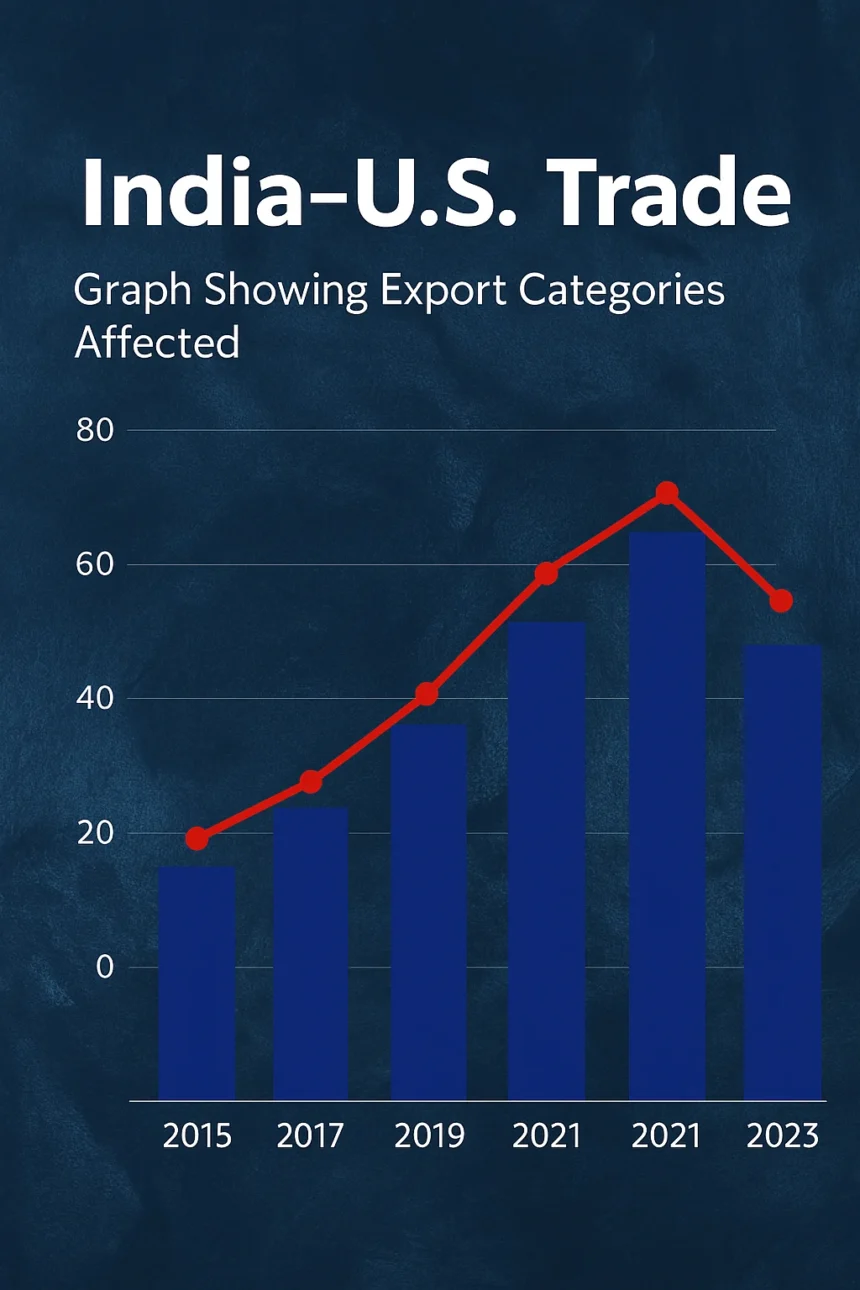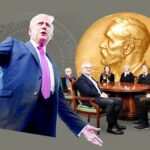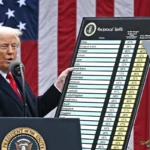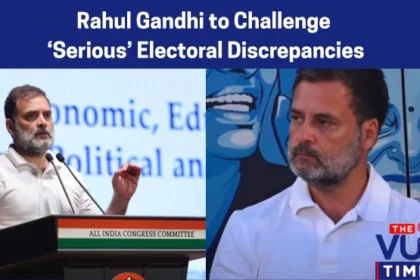Introduction: A Shockwave Across the Global Trade Landscape
This is a strong action filled with a lot of strategic tension and economic anxiety because former U.S. President Donald Trump, who is still a key player in domestic American politics, has set a 25 percent import tariff on certain imports originating in India, because India is reported to have established defense and energy relationships with Russia. This decision, widely covered in World News and under scrutiny in Latest Updates India, threatens to alter the trajectory of U.S.-India trade relations and create new fault lines in an already polarized global order.
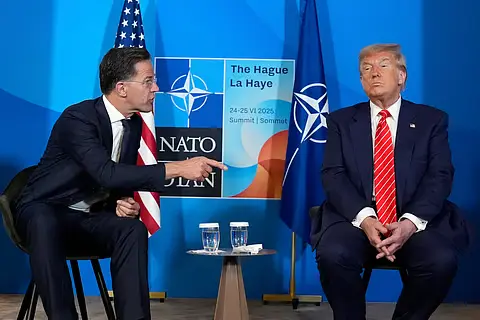
The Trigger: India-Russia Ties Draw Trump’s Economic Retaliation
Even as the international climate has changed, India continues to pursue a multi-vector policy of diplomacy where security relations with Russia are close. This is coupled with importation of oil, military acquisition, and common strategic ventures- an aspect that has continued to be a bone of contention with the western capitals. The campaign team of Trump has adopted a cold position and claims that such collaboration brings down international sanctions.
Trump has asserted in a speech that has become the new trending World News:
“India wants to do big business with Russia and then come and sell billions of dollars worth of goods into America, tariff-free. That’s not going to happen under a Trump administration.”
This is a brave declaration, which is now in the daily news rounds in both Washington and New Delhi.
Scope of the Tariff: India's Critical Exports Under Pressure
The new 25 percent tariff on imports applies to more than $9.6 billion of Indian exports, most of which are impacted in sectors that form part of the direct supply chain in the United States. The following are the key categories that are affected:
Export Category | Annual Export Value to U.S. (2024) | Implications |
Pharmaceuticals | $6.1 billion | Disruption of generic drug and API supply chains |
Auto Components | $1.2 billion | Pressure on small and medium suppliers |
Textiles | $800 million | Margin losses across India’s export hubs |
IT Hardware | $1.5 billion | Pushback from U.S. tech importers likely |
These sectors are foundational to India’s industrial economy and form a major portion of India’s export basket in the Latest Updates India trade data from Q2 2025.
Why This Move Is a Strategic Shift, Not Just a Trade Dispute
Historical tensions in the trade between India and the U.S. like the withdrawal of the GSP in 2019 were based on economic issues. The most recent move however is a move of geopolitical weaponization of trade and punishing India not on its trading habits but on its foreign policy.
The policy has broken an intricate debate in the World News arena regarding the future of the sanctions, alliances, and sovereign trade policies. As opposed to the previous tariff threats based on the issue of imbalances in trade, this action seems like a strategic communication to all nations seeking to develop independent relations with Russia.
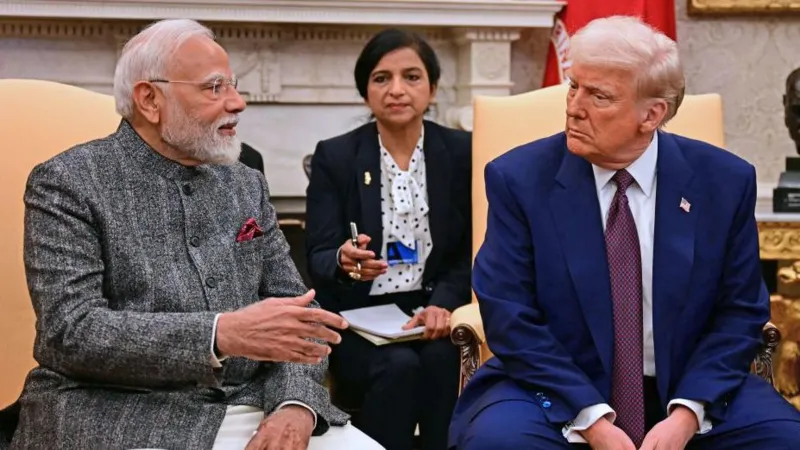
India's Response: Between Sovereignty and Strategy
India has so far reacted cautiously but decisively. A statement by the Ministry of Commerce and Industry places the special importance on the sovereign right of India to decide which countries will be their defense and energy partners.
As we were adding, commerce minister Piyush Goyal said:
“India’s trade and strategic decisions are guided by long-term national interest. We will assess the tariff impact and act to safeguard our exporters and workers.”
This has become a topic of discussion in the daily news sections across Indian media with the indicators being that the Modi government is definitely lending an ear to the situation but also not ruling out diplomatic alternatives.
Impact on U.S. Business Interests and Supply Chains
The tariffs have not been massively accepted in the American corporate world. Many industries have a very strong reliance on cheap quality imports from India especially in the pharmaceuticals, medical devices, and IT peripherals industry.
According to U.S.-India Business Council (USIBC) and other large-industry organizations, the crackdown can entail consequences such as:
- Raise the expense of healthcare services because of the disturbance in source of generic drugs supplies
- Instigate IT buying delays within the private and public sector
- Encourage the firms to switch to other partners such as China and Vietnam
Such developments are fast gaining headlines in economics sections of World News, particularly in the light of the 2024 U.S. presidential race.
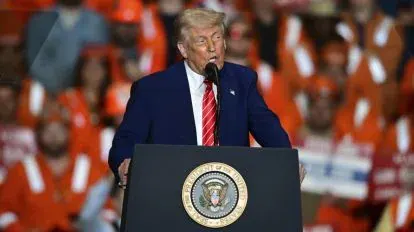
The Russia Variable: An Inflexible Red Line?
Russians still rely on India in terms of defense and energy based on historical relations and strategic army. S-400 missile defense system, BrahMos co-manufacturing, and the long-term crude oil contract are also the key aspects of national security in India.
Yet, in the context of Latest Updates India, analysts have noted a subtle shift, India has started engaging more with Western defense firms, signing agreements with France (Rafale marine variant), the U.S. (GE F414 engine deal), and Israel.
Nevertheless, a complete disengagement with Russia is not an option at present. The tariff threat will perhaps unintentionally stiffen the Indian position, as it is also committed to strategic autonomy and more urgency should be found to local efforts, such as the Make in India Defense.
Domestic Political and Economic Repercussions
The tariff declaration has resulted in increased political hotness in India. The ruling government has been criticized by opposition parties in terms of mismanagement in terms of strategic diplomacy, whereas industrial bodies are demanding institutions to provide support packages to export dependent industries imminently.
A number of short-to-medium term effects are forewarned by economists:
- Slowdown in export of textile, auto component, and bulk drugs
- Lay-offs in the field of MSME in Tamil Nadu, Maharashtra and Gujarat
- Investor Jitters as the world shudders Investor Nervousness due to global instability
Such domestic shakes are already making their way into Latest Updates India economic reporting, and are hinting at policy rebalancing in the next budget round.
Are We Witnessing a Trade Cold War 2.0?
Trump is taking steps in this direction, and it may be one of the first signs of decoupling among the global powers. By correlating tariffs with foreign policy actions, the precedent the action is setting encourages other economies to do the same, potentially resulting in multi-polar trade blocs, with diverse rules and re-alignments.
This progression has elicited serious concerns in larger economic policy circles in parts of Europe and Asia, as results recorded by World News policy briefings that were released this week.
The Way Forward for India: Reinvention Over Retaliation?
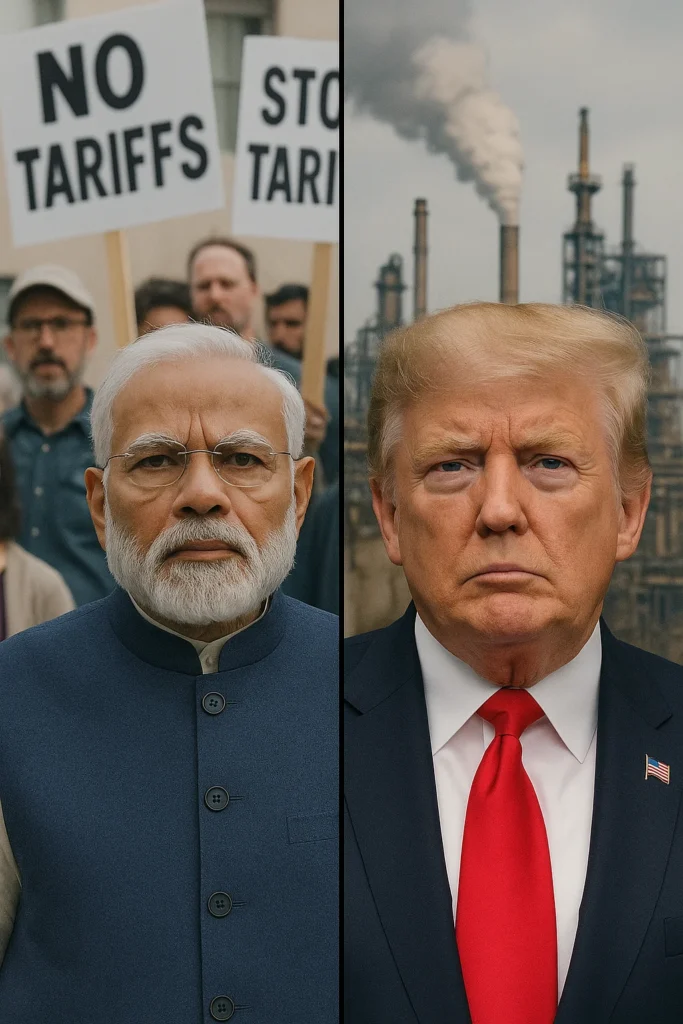
The best reply by India might not be tit-for-tat tariffs but strategic diversification. By creating additional trade channels with the EU, African Union, ASEAN, and developing a strong internal manufacturing base, India will be able to mitigate the effect and to increase its position in the world.
The following solutions have been proposed by the policymakers:
- Increase the export subsidy of the affected industries
- Hasten the Free Trade Agreement (FTAs) being signed
- To boost auto-defense manufacturing as part of Atmanirbhar Bharat policy
Instead of buckling down, India now has a chance to demonstrate how we can enter into the annals of self-reliance, resilience, and dynamism in the global economy.
Conclusion: A Defining Moment in U.S.-India Relations
The decision to place a 25 percent tariff is not only a trade move, but it is symptomatic of underlying geopolitical dynamics. How India can decide to compromise, confront, or creatively realign will shape not only the future of the India- U.S. relationship, but also the emerging profile of World News diplomacy to the 21st century.
It is a moment of rededication to India: to its strategic autonomy, to its economic creativity, to a foreign policy based not on short term political calculus but on long-term civilizational outlook.

